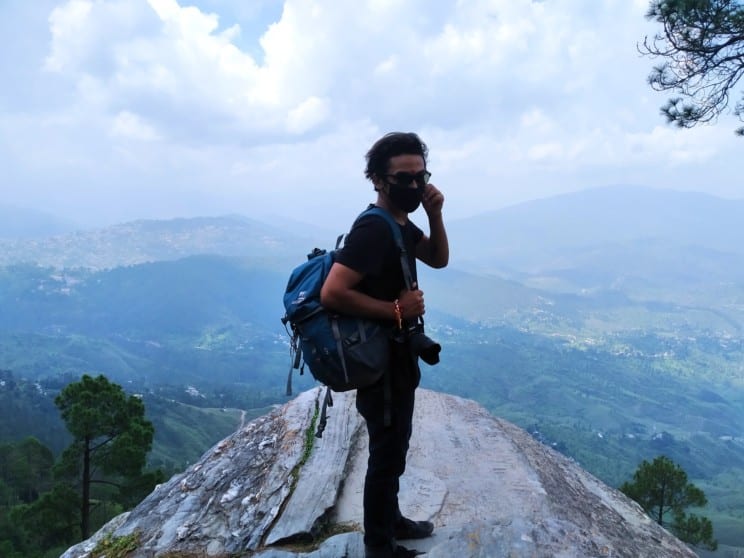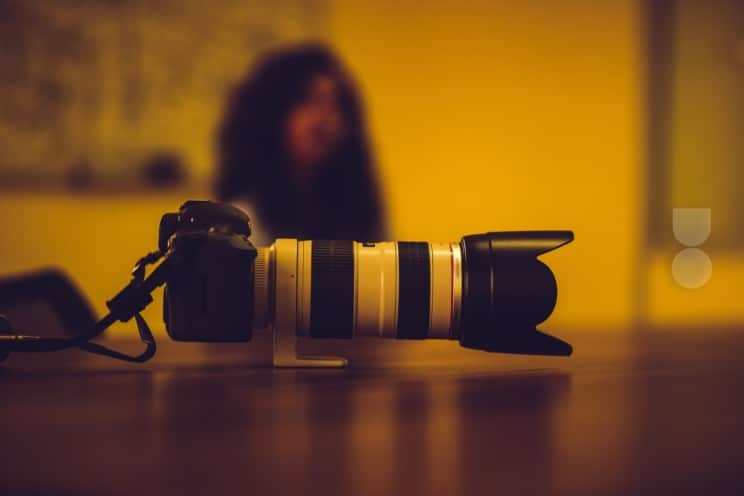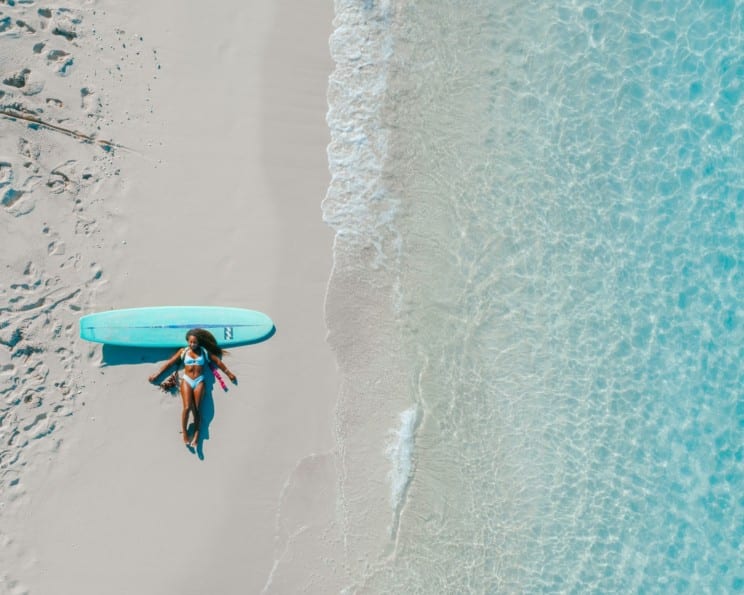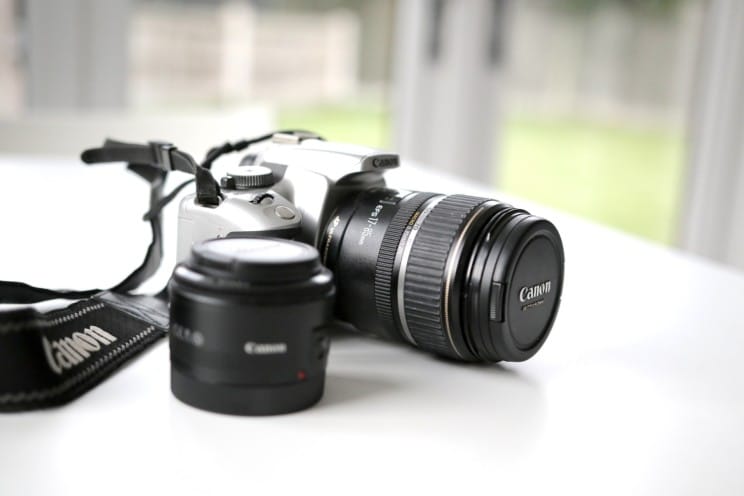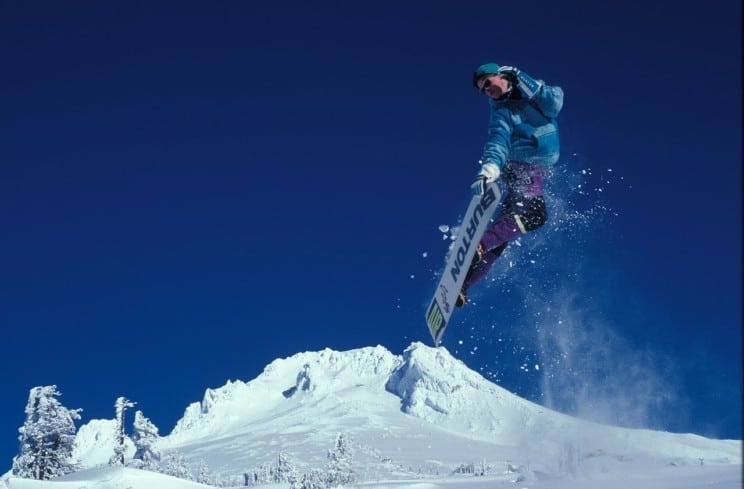What Is the Best Lens for Senior Photos?
When it comes to photographing seniors in high school, there are a lot of different factors that come into play.
One of the most important decisions you’ll make is what lens to use.
There are a variety of lenses available on the market, each with its advantages and disadvantages.
This blog post will discuss the pros and cons of different lenses for senior photos and help you decide which one is right for you.
What Is the Best Lens for Senior Photos?
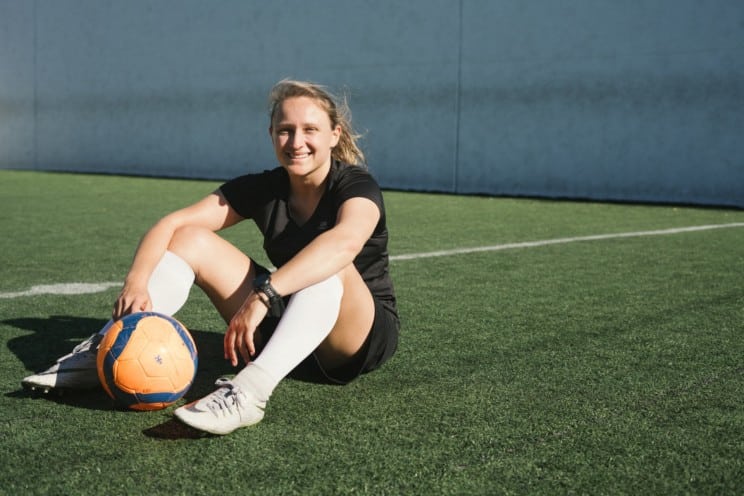
The best lens for your senior year photos is the one that will allow you to capture the images you want while also providing them with a memorable experience.
Some good options include:
- A portrait lens: Portrait lenses are ideal for capturing people’s soft, natural beauty. You can also use them to create a shallow depth of field, which is perfect for isolating the subject from the background.
- An ultra-wide-angle lens: Ultra-wide angle lenses are great for capturing huge groups or expansive landscapes. You can also use them to create unique compositions by including a wide range of foreground and background elements.
- A fisheye lens: Fisheye lenses are perfect for capturing close-up details of small objects. You can also use them to create unique compositions by including a wide range of foreground and background elements.
A Portrait Lens
No matter what type of photography you’re into, if you’re shooting people, you’ll want a portrait lens.
A portrait lens is any lens with an 85mm or greater focal length.
The most famous portrait lenses are the 85mm, the 100mm, and the 135mm.
While all of these lenses will give you beautiful results, the one you choose should be based on the type of photography you want and the look you want to achieve.
- If you’re shooting in a studio or on a tripod, the 85mm will be your best bet. It’s the shortest of the three lenses, so it’s the most versatile. You can shoot wide open and get a shallow depth of field, or you can stop down and get everything in focus.
- The 100mm will give you a little more reach, which is excellent for headshots or shooting in a small space. It’s also a good choice if you want to shoot with a shallow depth of field but don’t want to deal with the distortion of an 85mm.
- The 135mm will give you the most reach and the least amount of distortion. It’s perfect for full-length shots or if you’re shooting in an ample space. It’s also the best choice if you want to get a shallow depth of field.
An Ultra-Wide-Angle Lens
An ultra-wide-angle lens is an excellent option for senior photos because it allows you to capture a lot of the background in your shot.
This can be especially helpful if you’re shooting in a crowded place or if you want to show off the environment your senior is in.
Ultra-wide-angle lenses also have the added benefit of making things look further away than they are.
This can be helpful if you want to make your seniors look taller in their photos.
Lastly, ultra-wide-angle lenses can help you capture unique perspectives that you might not be able to get with other types of lenses.
If you’re looking for a lens that will give you a lot of flexibility and allow you to capture some great shots, an ultra-wide-angle lens like the Canon EF-S 17-55mm f/2.8 is a great option.
A Fisheye Lens
A fisheye lens is a great choice for senior photos if you want to capture a lot of the surroundings in your photo.
This type of lens will give your photos a unique look and feel. Fisheye lenses are available in both prime and zoom varieties.
If you choose a fisheye lens for your senior photos, get one with a wide field of view.
The wider the field of view, the more of the surroundings you’ll be able to capture in your photos.
Fisheye lenses can be tricky, so it’s essential to practice before using one for your senior photos.
Experiment with different aperture settings and shutter speeds to get the results you want.
The Rokinon HD8M-C 8mm f/3.5 is one of the best fisheye lenses available. It has a wide field of view and produces excellent results.
Also, it’s essential to keep in mind that fisheye lenses can distort your subjects.
If you’re not careful, your subjects may look like they have big noses or small heads.
Features to Consider for the Best Lens for Senior Photos

When considering the best lens for your senior year photos, there are a few key features to keep in mind, including:
- Focal length
- Aperture
- Shutter speed
- ISO
Focal length is how much of the scene your camera will capture.
For example, a wide-angle lens has a short focal length and can fit more into the frame than a telephoto lens, which has a longer focal length and can make things appear closer than they are.
The aperture is the opening size in the lens through which light passes.
A more enormous aperture lets in more light, which is helpful in low-light situations, while a more minor aperture results in a sharper image.
Shutter speed is how long the shutter stays open when taking a picture.
A faster shutter speed can freeze action, while a slower shutter speed can create a blurred effect.
ISO is the camera’s sensitivity to light. A higher ISO results in a brighter image but can also cause noise or graininess in the photo.
In addition, each camera has a different ISO range, so it’s essential to check what that is before choosing a lens.
Final Thoughts
The best lens for senior-year student photos depends on your individual needs and preferences.
If you want to capture a lot of the scene, an ultra-wide-angle or fisheye lens is great.
If you’re looking for a shallow depth of field, a portrait lens like Canon 85 mm is your best bet.
And if you need a versatile lens that can handle various situations, the 24-70mm is a great choice.

